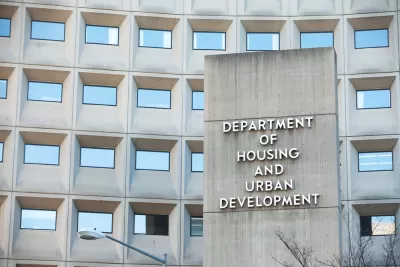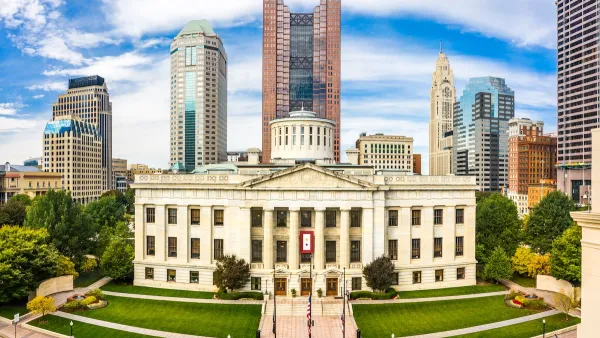As the housing crisis rages on, the housing assistance infrastructure put in place during the pandemic can provide a model for long-term aid programs.

"As the pandemic surged across America, Congress and the White House made available more than $75 billion to support at-risk renters and homeowners, and even more in flexible relief funds that could be used for housing aid." Gregory Heller, a director and affordable-housing subject matter expert at Guidehouse, argues that the government should use this example to implement similar policies outside the pandemic, treating the housing crisis as a disaster not dissimilar from COVID-19 or natural disasters.
The programs billed as disaster relief put in place during the pandemic showed that it is possible to distribute funds and aid quickly, writes Heller. "Now that we have started to view and respond to America’s housing instability crisis as a disaster, one thing is clear: We cannot go back to the way we funded housing before; otherwise, we’ll simply return to the pre-pandemic status quo."
To Heller, the infrastructure developed around pandemic relief programs provides a powerful opportunity to build on these programs and "recognize that this disaster will not end when the health and economic impacts of the pandemic are behind us." Thus, Heller says, the government should continue to invest in and strengthen infrastructure and programs that address housing instability.
FULL STORY: America’s Housing Crisis Is a Disaster. Let’s Treat It Like One.

Planetizen Federal Action Tracker
A weekly monitor of how Trump’s orders and actions are impacting planners and planning in America.

San Francisco's School District Spent $105M To Build Affordable Housing for Teachers — And That's Just the Beginning
SFUSD joins a growing list of school districts using their land holdings to address housing affordability challenges faced by their own employees.

The Tiny, Adorable $7,000 Car Turning Japan Onto EVs
The single seat Mibot charges from a regular plug as quickly as an iPad, and is about half the price of an average EV.

With Protected Lanes, 460% More People Commute by Bike
For those needing more ammo, more data proving what we already knew is here.

In More Metros Than You’d Think, Suburbs are Now More Expensive Than the City
If you're moving to the burbs to save on square footage, data shows you should think again.

The States Losing Rural Delivery Rooms at an Alarming Pace
In some states, as few as 9% of rural hospitals still deliver babies. As a result, rising pre-term births, no adequate pre-term care and "harrowing" close calls are a growing reality.
Urban Design for Planners 1: Software Tools
This six-course series explores essential urban design concepts using open source software and equips planners with the tools they need to participate fully in the urban design process.
Planning for Universal Design
Learn the tools for implementing Universal Design in planning regulations.
Smith Gee Studio
City of Charlotte
City of Camden Redevelopment Agency
City of Astoria
Transportation Research & Education Center (TREC) at Portland State University
US High Speed Rail Association
City of Camden Redevelopment Agency
Municipality of Princeton (NJ)





























